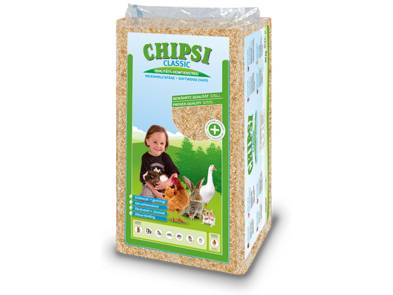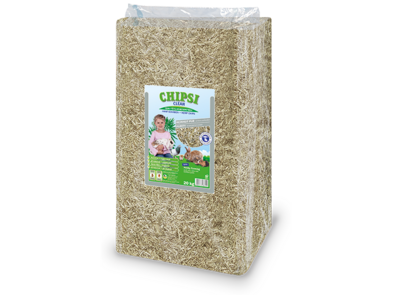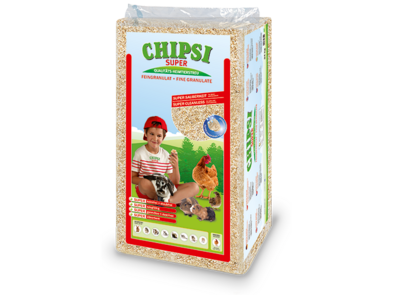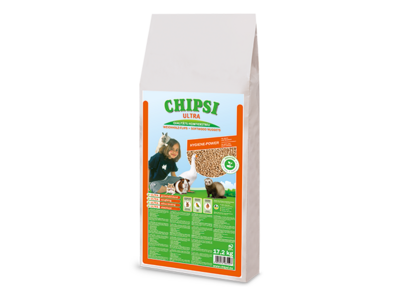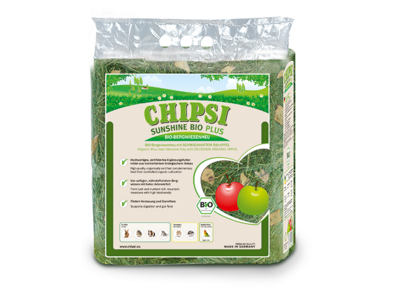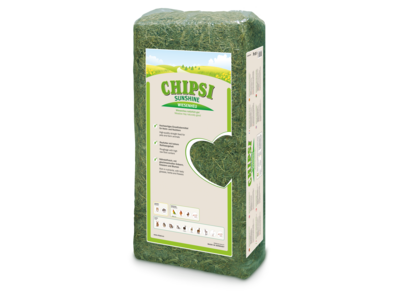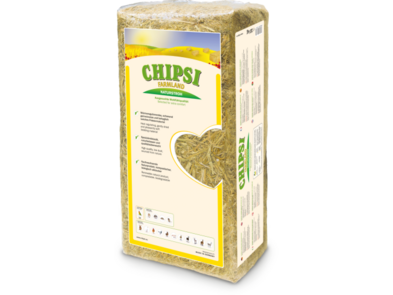

DWARF CATTLE
The Eurasian auroch, called Ur, is the father of all domestic cattle (in the Occident).
The body size of many dwarf cattle is the result of breeding, but there are also breeds - such as the Dahomey cattle from Africa - that did not result from crossbreeding.
Like their large-bodied relatives, dwarf cattle are herd animals that need other cattle around them; a dwarf cattle herd, for example a group with bulls, cows or with mothers and their calves, always has a fixed social structure.
Product recommendation
Care recommendation
- Keeping cattle in a group: Group with fixed social structure Stocking density oriented to local conditions
Bright, bedded, well ventilated stall with space for the animals to lie down. Avoid excessive draughts, especially in winter. The resting area per cow depends on its weight and whether it has horns. Cattle need an exercise area outdoors and access to pasture areas, with dry lying areas and shelters in the pasture. Make sure the shelters have fresh straw, replaced regularly.
Breakout-proof fencing of the area, without sharp edges or points. - Provide open straw piles or straw walls made of round bales
- Weather protection around the pasture (hedge, bushes, trees)
- Provide fresh water tanks or troughs
- Feeding facilities
Source 1: tierschutz-tvt.de
Source 2: tierschutz-tvt.de
PRODUCT RECOMMENDATION - HYGIENE
Substrate and bedding
The underlay and bedding form an extra absorbent base and a heat-insulating buffer.
PRODUCT RECOMMENDATION - NUTRITION
Feed
Basic feed with a high content of structured natural fibre.
PRODUCT RECOMMENDATION - LYING SURFACE
Bedding
The bedding forms a comfortable lying surface.
CLEANING
Clean droppings and urine disposal areas in the stall and exercise area: daily.
Complete renewal of the substrate: at least 1 x per week





